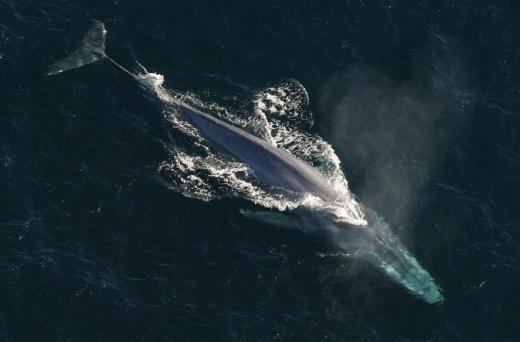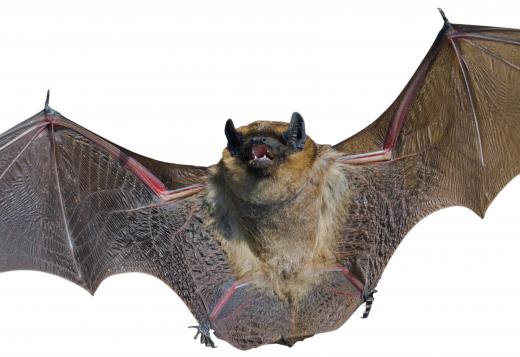What are Some Cenozoic Animals?
 Michael Anissimov
Michael Anissimov
Cenozoic animals are those which have existed in the past 65.5 million years, since the obliteration of the dinosaurs by a massive asteroid strike called the K-T extinction event. After the K-T extinction, the primary land animals remaining were small reptiles and rodent-like mammals. These rodent-like mammals quickly diversified and came to occupy all major niches, left empty by the departure of the dinosaurs. With a fast metabolism, close care for their young, and a relatively large brain, mammals were well-positioned to take control of terrestrial ecosystems and become the dominant Cenozoic animals.
The only living Cenozoic animals immediately after the K-T extinction were small insectivores with excellent hearing and smell but mediocre vision. The earliest Cenozoic animals were adapted primarily to hunting in the night, when dinosaurs probably were less active due to their slower metabolisms. These insectivores differentiated into lagomorphs (rabbits, hares, and pikas), bats, early primates, true rodents, and tree shrews in the late Paleocene, about 55 million years ago, while another line developed into the ancestors of most large mammals today -- members of the clade Ferae.

The Ferae clade differentiated into the ancestors of modern carnivorans (dogs, cats, and bears), ungulates (hoofed animals), and cetaceans (whales, dolphins, etc.) The dominant carnivores throughout much of the early Cenozoic were creodonts, early cousins of carnivorans; mesonychids, which were related to modern even-toed ungulates but were carnivorous; and entelodonts, which were large pig-like animals with bony lumps on the side of their cheeks they used to kill their prey.

The large herbivorous Cenozoic animals mostly radiated from the condylarths, an extinct group of animals that are the common ancestor of all present-day ungulates, including cows, pigs, horses, deer, hippos, rhinos, camels, elephants, etc. The most significant event of evolutionary radiation occurred when condylarths shifted their diet to include plant matter, a change from the previous diet which was exclusively insectivorous. There is disagreement as to exactly where and when these evolutionary events took place.
During the Cenozoic, mammals adapted to live in both the air (bats) and the oceans (whales), in both cases evolving from exclusively terrestrial ancestors. The blue whale, a marine mammal, became what is likely the largest animal of all time, even larger than the largest confirmed dinosaurs. Many Cenozoic animals that thrived early on in the period are now extinct, leaving only their descendants.
AS FEATURED ON:
AS FEATURED ON:












Discuss this Article
Post your comments